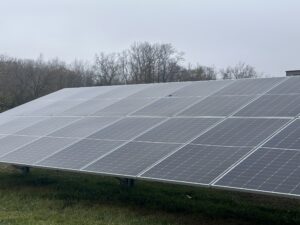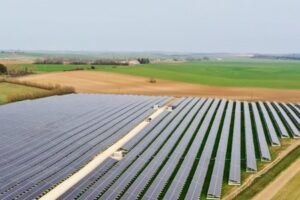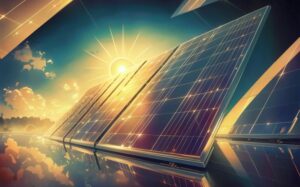Sineng Electric advances clean energy and sustainability in Inner Mongolia


Sineng Electric is spearheading the integration of renewable energy and ecological restoration in Inner Mongolia by supplying 854.72MW of its high-efficiency string inverters to a landmark 1.6GW solar project. The initiative not only accelerates the region’s clean energy transition but also underscores the transformative impact of photovoltaics on environmental governance and sustainable land management.
Spanning approximately 7,347 acres, at a total investment of 6.973 billion RMB, the project adopts a comprehensive approach that combines large-scale solar power generation with ecological conservation. Beyond delivering clean electricity, the installation of solar panels contributes to environmental rehabilitation by mitigating ground-level solar radiation, reducing water evaporation, preserving soil moisture and fostering vegetation restoration. Additionally, the space beneath the solar arrays is utilized for large-scale cultivation of sand-fixing plants, further reinforcing efforts to combat desertification and soil erosion.
Sineng has provided 2,671 units of its high-power SP-350K-H1 string inverters which, operating at 1500V, support PLC communication and feature 1.1 times overloading capacity. Equipped with Anti-PID and PID recovery functions, the inverters ensure optimal power generation, while their ability to operate under weak grid conditions and continuous high/low voltage ride-through enhances overall system stability. Additionally, real-time IV curve scanning and diagnosis enable rapid fault detection – identifying issues such as module mismatch – allowing for remote system assessment and a reduction in the need for on-site inspections.
Now fully operational, the project is expected to generate an annual 3.155 billion kWh of electricity, yielding an estimated revenue of 725 million RMB each year while saving 951,300 tons of standard coal and significantly reducing smoke, sulphur dioxide, nitrogen oxide and carbon dioxide emissions.






